Are Facebook, Twitter and Google Ads profitable?
For most businesses, the greatest change of the last decade has been the increasing emphasis on Facebook Ads, Google Adwords, Twitter Promotions and Youtube Ads to market your business.
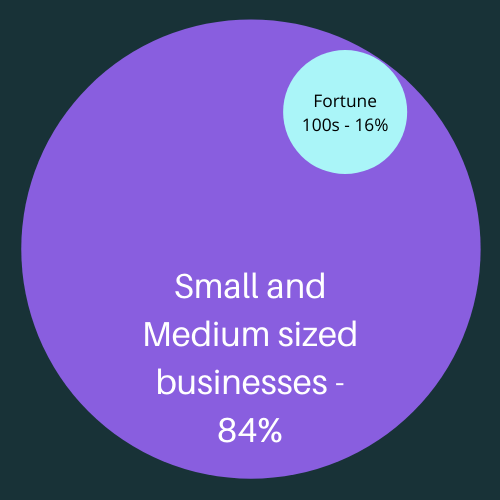
The armies of consultants ready to help you with this type of advertising (for a fee of course) are a testament to both the ubiquity of this new but seemingly essential marketing tactic and the difficulty typical marketers have with utilizing the service.
Billions are being spent on advertising on these platforms, most of it by small businesses. (reference)
But, is it paying off?
Or, how do you even know if it’s paying off?
The standard benchmark is between 4 to 1, and 2 to 1 Return on Ad Spend (ROAS). Meaning if you spend $1000 on ads, you should expect between $2000 and $4000 in sales. Here are some stats on ROAS benchmarks.
For ecommerce and retail businesses, it can be relatively simple to answer this question. But, for B2B businesses or any business in which customers interact with a human being on the staff to make a purchase, the human element almost always destroys the potential for accurately measuring return on investment.
And the fact is, most businesses are not tracking and measuring their ad results so that they are able to answer this question.
In a retail store, can you accurately determine how many of the customers that walked in were driven there by Facebook? Only by estimating and extrapolating based on data that is available. And that’s where the fallacy of the return on advertising online begins!
If I had 1,000 visitors to my website this week, and Google tells me that 500 of them came from my Adwords ads, then it seems logical that I can assume that 50% of my sales came from my Adwords investments. If you’ve taken the time to set up very tight tracking on your website and integrate it with Google, Facebook, and everywhere else you advertise, only then can you tie an ad response to a sale. Even then, things are not perfect…. What about someone that clicks on an ad multiple times before purchasing? What about a customer that clicks on ads on multiple platforms? All of these non-linear scenarios have the effect of driving up the stats and costs in the advertising platforms and causing us to attribute more sales to online advertising than should be.
Another problem that blurs accurate analysis of ROAS is the simple difference between an interaction, and a sale. It’s easy to assume that because we had a lot of traffic on the site from Facebook, that most of our sales are from Facebook. However, that’s often not the case.
In fact, the insidious aspect of the lack of visibility that ties ad responses to sales is that front line sales, customer service staff, marketers and owners can all very easily mistake “busy-ness” with business. If the phone rings off the hook with inquiries, my sales people are happy. As a result, I feel like the ads that cause the phone activity are a great investment. But, are we able to look back in a week or month and determine how many of the quotes we gave those customers actually turned into a sale? If not, then your online advertising may be damaging your sales by eating up valuable staff time and distracting them from other efforts and customers that ARE spending more money. 2 sales of $10,000 are far more profitable than 200 sales of $100 in almost every business.
What about referrals and word of mouth? What about the more traditional advertising and marketing you’re also spending marketing on? Because these are “offline”, they are even more difficult to track. So, how many of the sales you’re “assuming” came from your Facebook ads would have been a customer, with or without a Facebook ad?
Here’s a resource to help you dig into these questions for your business to try and determine the REAL ROAS.
If we’re honest with ourselves, the primary appeal of online advertising is that it appears both easy and highly targeted. I can create a simple banner ad graphic and specify exactly what type of customer I want to see it, and only pay for the customers that actually click on the ad! It sounds great! But, as discussed above, it’s not always that simple or great…
It’s the new shiny marketing tool that everyone is excited about. And like most new shiny things, it’s not all that. Turns out it’s tough to make it really work, just like everything else.
But, the good news is that technology has evolved in every facet of marketing, even the most old school.
In the end, what are the essential elements of an easy, affordable, and effective ad campaign?
- Free of complicated logistics – no need to pay consultants or spend weeks or months preparing.
- Ability to finely target the best potential customers – by location, income, business type, competing products, etc.
- Ability to measure results & maximize overall ROA’s.
- Low overall cost – the less you spend, the more profitable the sales are and the faster you can scale up.
If you’re spending money on Facebook Ads and Google Adwords search ads, display ads, or Youtube ads, then you know that it can be very difficult to track the real sales results for these types of ads.
It’s also a lot more complicated to manage than most expected.
But, actually getting sales results (as opposed to website visits or phone inquiries) can be a long and expensive road. Even after months of investment of manpower and money, most businesses are unable to confidently attribute specific sales to these ads.
Alternatives to Facebook Ads, Adwords, etc.
Are there other marketing strategies and tools that offer the same control over targeting and spending that Facebook and Google Ads do?
Of course there are! If you’re old enough to remember the pre-Google era of marketing, you remember that there basically two “tiers” of advertising:
Expensive options like TV and Radio ads. Even ads in major newspapers and magazines were pretty expensive and lacked the ability to accurately target the right customers, and thereby limit spending.
Inexpensive options like direct mail, telemarketing, and good old-fashioned sales tactics like cold calls, referrals, networking, etc.
Essential Elements of Affordable and Effective Ad Campaigns
- Free of complicated logistics – no need to pay consultants or spend weeks or months preparing.
- Ability to finely target the best potential customers – by location, income, business type, competing products, etc.
- Ability to measure results & maximize overall ROA’s.
- Low overall cost – the less you spend, the more profitable the sales are and the faster you can scale up.
Today, email and text marketing can offer the simplicity and affordability of direct mail AND granular targeting.
Successful Email Marketing Outreach
Success in email marketing in 2021 requires only a few key ingredients:
- A segmented target email list
- Compelling content or offer
- Systems and processes to nurture engaged prospects through the sales funnel
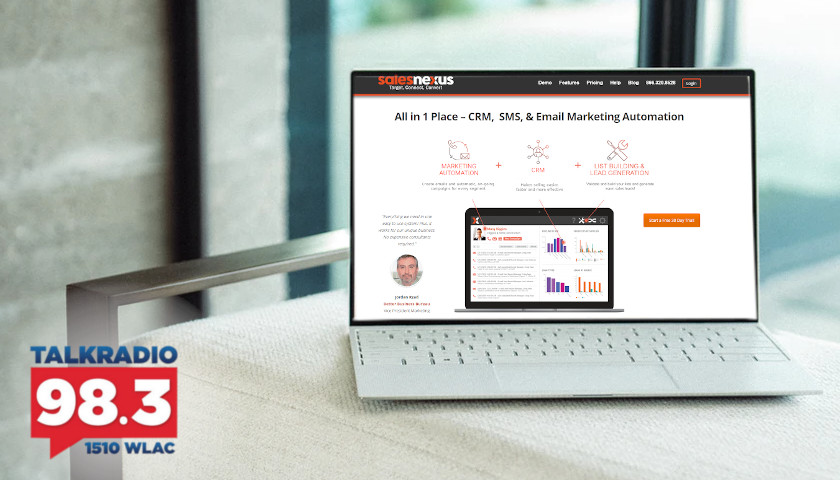
Read our recent interview on Alternatives to Facebook Ads and Google Ads on The Tennessee Star here.
And best of all, starting a successful email campaign can be easy, fast, and very affordable. Below is a bit more on the ingredients to success above and how to get started. But, a warning first…
Don’t Make This Email Marketing Mistake
The greatest advantage of email marketing is that it’s very simple to create your first email and send it out AND, you can send it over and over again, making small adjustments as you go. Email marketing doesn’t cost thousands of dollars each time you send an email. Once you’ve built and organized your list, you can send to it as often as you like with virtually no incremental cost.
The biggest mistake first time email marketers make is hiring consultants, or spending hours in meetings trying to write and design the perfect email. The secret to email marketing success is to just start.
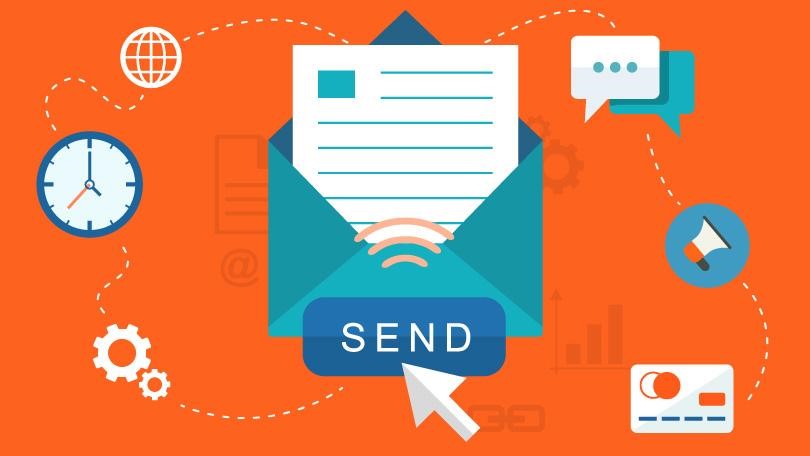
Then let the data guide you and optimize results over time. Here’s an explanation of How to Use Email Analytics to Optimize Your Campaigns.
Build Segmented Target Email Lists
The best results come from sending the most relevant content to each audience. So, existing / past customers get one thing and potential / future customers get something else. Depending on your audience, segmenting your list based on industry, gender, location, etc. may make sense.
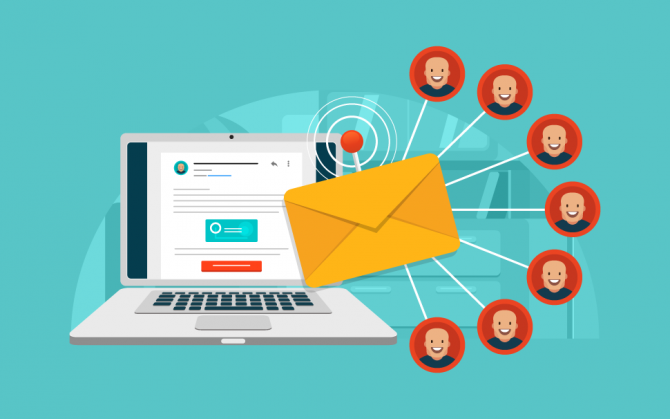
Keep it simple in the beginning. Identify 2 to 5 target audiences and make sure you can pull out those specific customers/leads from your list. If you don’t have a big list now, or the emails you have don’t have enough information associated with them to allow effective segmentation, take advantage of email list building and appending services.
Compelling Content or Offer
If you’re emailing past customers, then offering a great deal on products and services related to their prior purchase can be extremely effective. However, if you’re emailing potential customers for the first time, what works best is offering them something that they’ll find value in, even if they don’t do business with you. How to Guides or Videos, Research or Analysis, Tips and Tricks, these build trust with the audience so they’re more likely to look at your emails going forward. 4 Steps To Market Domination- Onboarding Video Training Series- Step 3
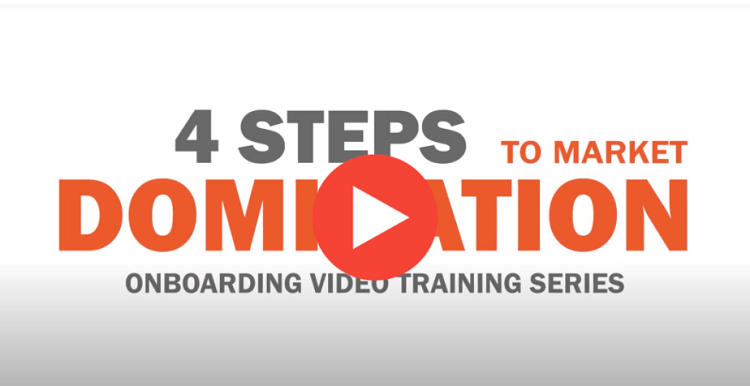
This video offers some easy ways to create your first email.
Nurturing Prospects through the Funnel
It’s best to walk before you run. However, over time, as you create more and more emails, you can create sequences that first engage the customer, then educate them, and before you finally make the pitch for your products and services.
Envision these sequences and make sure that as you get started, you’ll be able to track which customers had engaged with each message, so that you can send the right follow up message.
Make sure you have an email marketing platform that will allow you to automate these sequences when you’re really scaled up!
To create your first email campaign and send it to potential customers completely free, start a Free 30 Day Trial of SalesNexus!